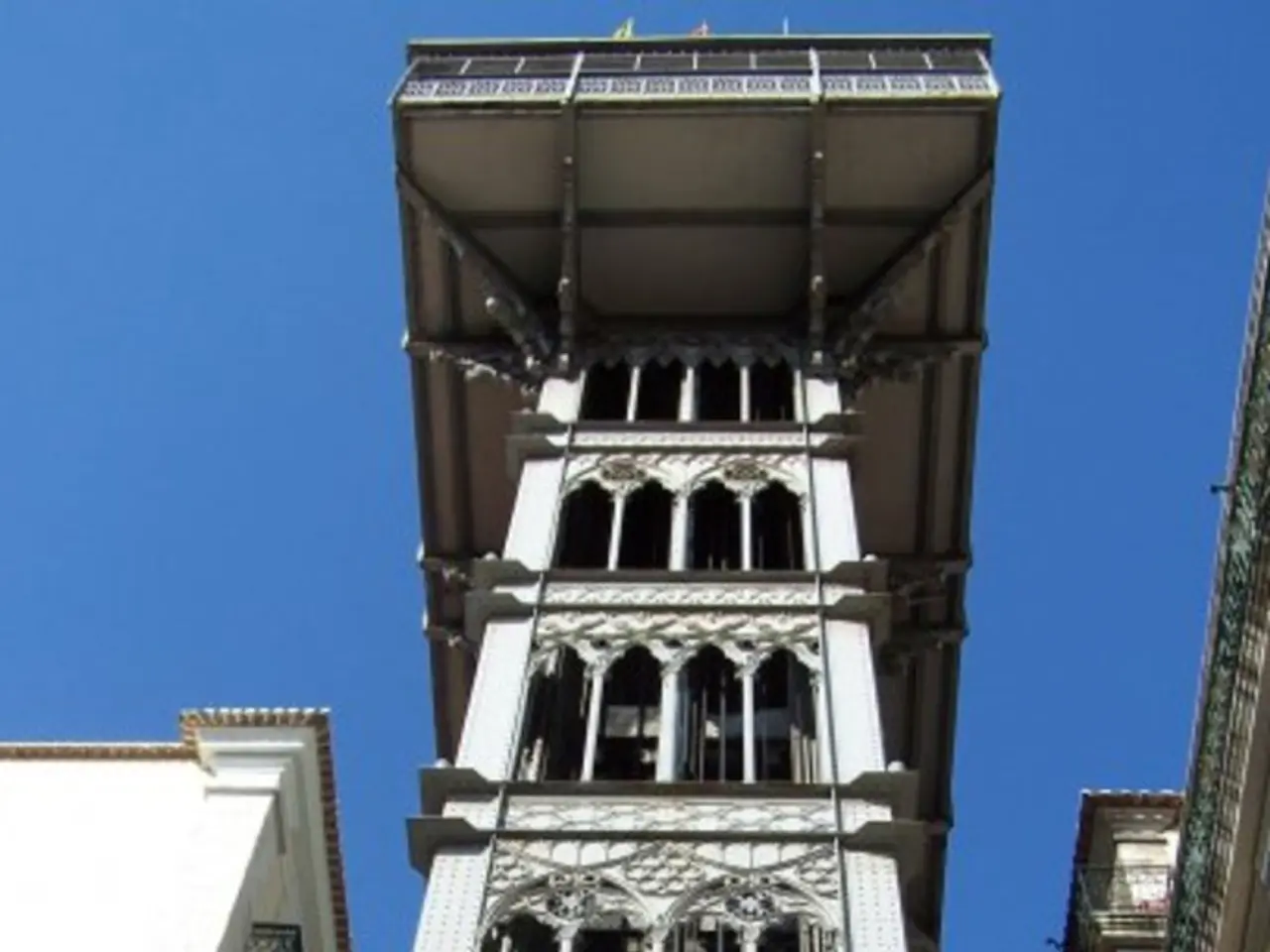Water-soaked walls in Oberhausen: origins, dangers, and solutions
=====================================================
In Oberhausen and similar regions, a company specializing in wet wall renovation approaches each building situation individually, accompanying the entire process from inspection to implementation. These experts help clarify the cause of the wet walls and protect both the building and its occupants in the long term.
Common causes of wet walls include rising damp, lateral (penetrating) moisture ingress, condensation, leaking pipes, damaged facades or roofs, poor waterproofing, structural cracks, and blocked gutters or improper drainage around the building foundation.
Rising damp, for instance, occurs when moisture from the ground rises through the masonry by capillary action, often due to a missing or damaged damp-proof course. This typically leaves a ‘tide mark’ near the base of walls, accompanied by salts deposits called efflorescence.
Lateral (penetrating) moisture ingress occurs when water enters through cracks in walls, damaged facades, poor sealing around windows and doors, or because of poor external waterproofing. Heavy rain, faulty drainage, or hydrostatic pressure due to groundwater can exacerbate this issue.
Condensation moisture occurs when warm, moist indoor air condenses on cold surfaces like walls, especially in insufficiently ventilated rooms, causing damp patches and mould.
Leaking pipes and damaged roofs can also introduce localized wetness and damage.
Permanent solutions focus on addressing the root sources through professional diagnosis and targeted repair. For rising damp, this may involve installing or repairing the damp-proof course, ensuring the ground level outside remains below it, replacing impermeable internal renders with vapour-permeable materials like lime plaster, and sometimes excavation and drainage around the building.
For lateral ingress, repairing cracks and damaged facades, sealing windows and doors properly, improving external waterproofing, maintaining gutters and drainage to direct water away from foundations, and applying waterproof membranes or coatings on affected masonry are essential.
For condensation, improving ventilation, insulating cold walls, and controlling indoor humidity levels can help prevent new moisture. For leaking pipes, locating and fixing plumbing leaks promptly is crucial. For damaged roofs, repairing or replacing roofing materials to prevent water entry is necessary.
In complex or persistent cases, expert diagnosis by a specialized company experienced in moisture issues is essential to correctly identify the cause and apply appropriate remediation measures. Measures for controlled indoor ventilation or subsequent insulation can help regulate room climate and prevent new moisture.
The costs of renovation depend on the extent of the damage, the chosen method, and the building condition. An injection barrier can cost between €80 and €150 per running meter. Depending on the cause and building substance, various procedures for wet wall renovation are available, including injection methods.
Preventing future moisture involves regular ventilation, controlling air humidity, placing furniture at a distance from the outer wall, regularly checking the basement, repairing cracks in masonry or plaster in a timely manner, checking and cleaning gutters and downspouts.
Signs of wet walls can include dark spots or efflorescence, peeling plaster or wallpaper, musty odor, mold growth, and noticeably cold wall areas. Untreated moisture can endanger the building structure and affect health, causing mold growth, heat loss, structural damage, and a loss of property value.
Moisture in the masonry is a serious warning sign, and ignoring the first signs can lead to mold, building damage, and high costs, especially in urban areas like Oberhausen where old buildings, dense building stock, and changing tenant structures come together. Older buildings and insufficiently renovated properties in cities like Oberhausen are at risk of having wet walls.
It is advisable to contact a specialized company with experience in moisture renovation for wet wall issues. These professionals can provide moisture measurements, climate data collection, and additional consultations even after implementation. Interior sealants are used when an exterior area is inaccessible.
Diffusion-open renovation putz can treat moisture damage on the surface, inhibiting salt efflorescence and improving indoor climate. A horizontal barrier is introduced into the masonry by targeted injection of a sealing gel, which effectively stops rising moisture.
Insurance companies may contribute to certain damage scenarios. Preventing future moisture is crucial to maintaining a healthy and safe living environment.
- In home-improvement projects, addressing the issue of wet walls in home-and-garden spaces can involve various strategies, such as repairing leaking pipes, enhancing home-improvement practices like improper drainage around building foundations, and applying waterproof membranes or coatings to affected masonry.
- A home-and-garden lifestyle in urban areas like Oberhausen may necessitate regular check-ups and maintenance, such as preventive measures like checking and cleaning gutters and downspouts, controlling air humidity, and repairing cracks in masonry or plaster in a timely manner, in order to prevent future moisture issues and ensure a healthy living environment.




